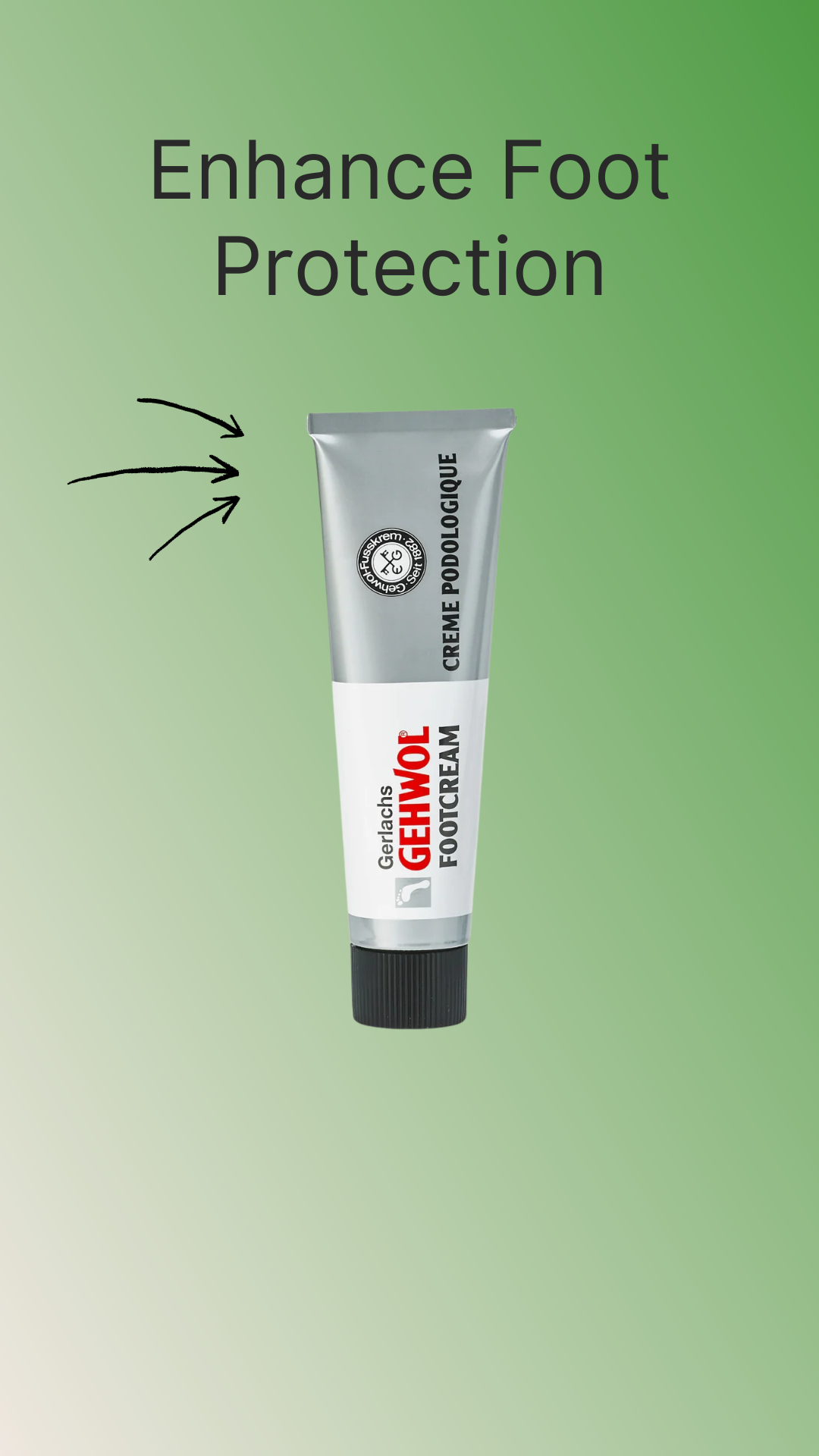For men living with diabetes, finding the right footwear is about more than style — it’s about protecting foot health, preventing injuries, and staying active without discomfort. Trainers designed for diabetic feet offer the support, cushioning, and fit needed to reduce the risk of sores, blisters, and pressure points.
This guide covers what to look for in diabetic trainers, the best materials, and tips for keeping your feet healthy.
Why Diabetic Trainers Are Essential for Men
Diabetes can reduce circulation and cause nerve damage in the feet, making them more vulnerable to injury. Even a small blister can become a serious problem if not managed properly. Diabetic trainers are specially designed to:
-
Provide ample cushioning to reduce impact
-
Minimise rubbing and pressure points
-
Support proper alignment
-
Allow room for swelling or orthotics
Key Features of the Best Diabetic Trainers for Men
Seamless Interior
Prevents irritation and blisters by eliminating rough stitching inside the shoe.
Extra Depth & Width
Offers space for swelling and custom orthotics without tightness.
Breathable Uppers
Mesh or ventilated leather keeps feet cool and dry.
Shock-Absorbing Soles
Reduces strain on the feet and joints during walking or light exercise.
Adjustable Fastenings
Velcro straps or laces make it easy to achieve the perfect fit.
Choosing the Right Materials
Soft Leather
Durable yet flexible, moulding to the foot shape over time.
Breathable Mesh Panels
Improve ventilation and keep moisture away from the skin.
Cushioned Insoles
Provide comfort and reduce pressure on sensitive areas.
Lightweight Outsoles
Help maintain a natural walking motion without extra strain.
Best Uses for Men’s Diabetic Trainers
Daily Walking
Cushioning and support make everyday walking safer and more comfortable.
Light Exercise
Suitable for gym sessions, cycling, or casual sports that don’t place excess strain on the feet.
Travel
Lightweight trainers keep feet comfortable during long days of movement.
Work
Ideal for casual workplaces or jobs that require being on your feet all day.
Buying Guide: Questions to Ask Before Choosing Trainers
-
Is the interior free from seams that could rub against the skin?
-
Does the trainer have enough depth for orthotics?
-
Are the materials breathable and moisture-wicking?
-
Does the sole absorb shock and provide stability?
-
Are the fastenings adjustable for changes in foot size throughout the day?
Tips for Foot Health with Diabetes
Check Feet Daily
Look for cuts, blisters, or redness and address issues quickly.
Always Wear Socks
Choose moisture-wicking, seamless socks for extra protection.
Rotate Footwear
Give shoes time to dry out between wears.
Replace Worn-Out Trainers
Old trainers lose cushioning and may cause discomfort.
Consult a Podiatrist
Regular check-ups can help prevent complications.
Frequently Asked Questions (FAQ)
Q: Can I wear regular trainers if I have diabetes?
A: Only if they provide the necessary cushioning, space, and seam-free interiors. Diabetic trainers are designed specifically for safety and comfort.
Q: Are all diabetic trainers wide-fit?
A: Most are, but fit can vary. The key is having enough space without losing support.
Q: How often should I replace my diabetic trainers?
A: Typically every 6–12 months, depending on wear.
Final Thoughts
The best diabetic trainers for men in the UK combine comfort, support, and protective features to keep your feet safe and healthy. With the right pair, you can enjoy daily activity without worrying about pressure points or injury.


